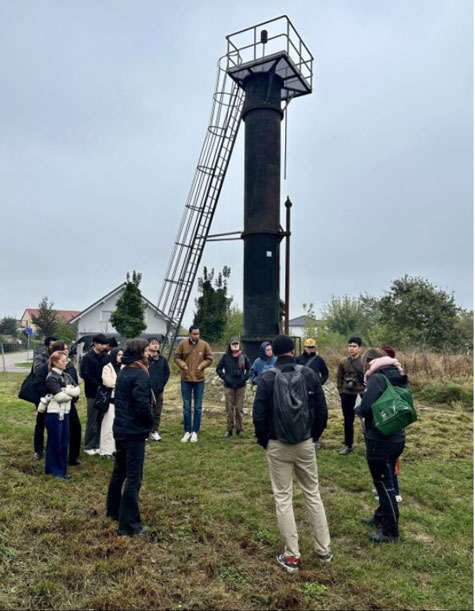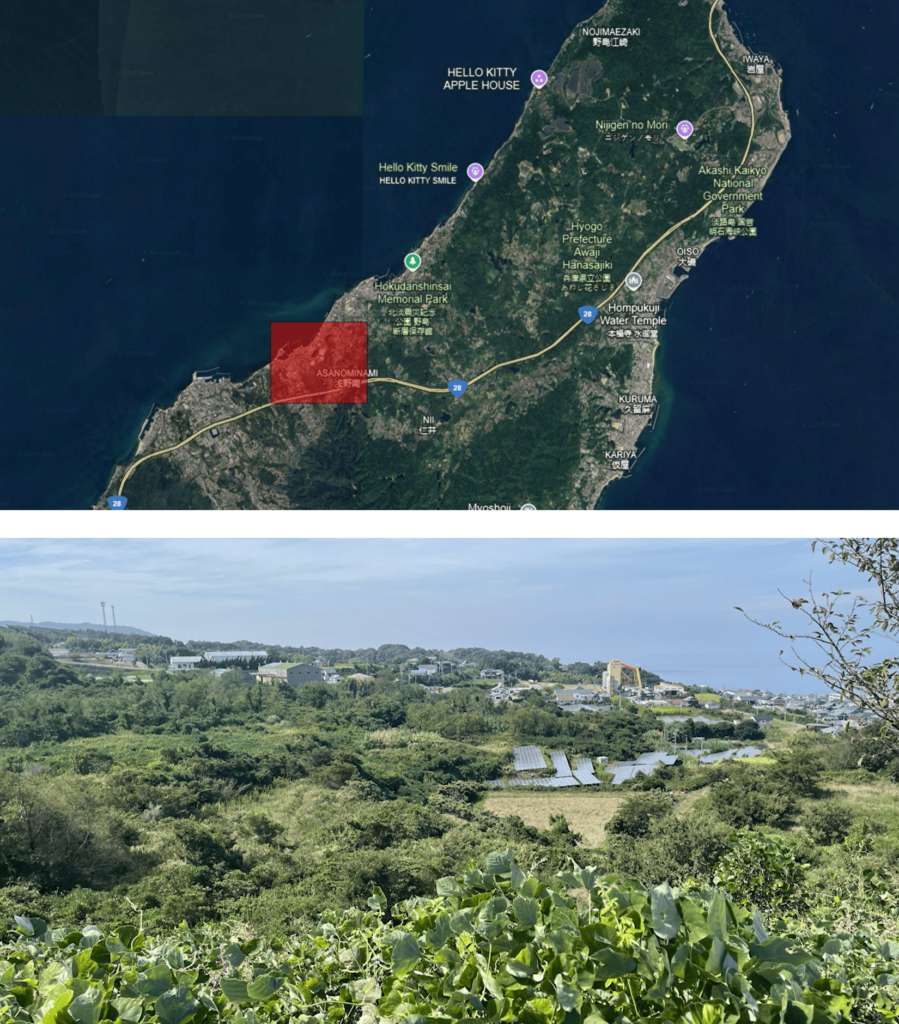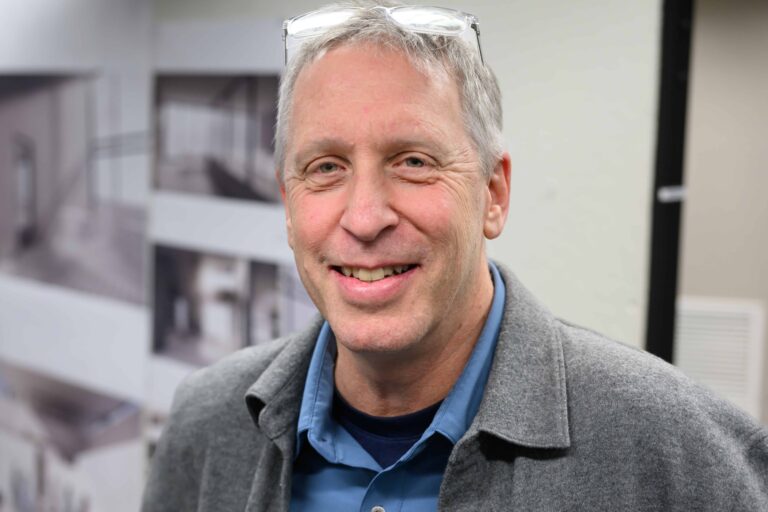With Option Studios, Students Explore and Shape the Future of Design
To enable students to deeply engage with challenges related to infrastructure, the workforce, climate, and beyond, firsthand experience is invaluable. The GSD is grateful to have the backing of donors who understand the critical importance of option studios and the transformative experiences they offer.
For many GSD students, option studios—with unmatched real-world experiences that inspire, engage, and challenge—are an essential component of their design education. On-the-ground connections with local leaders in cities around the globe help students understand a project’s context and explore design decisions in a way that’s impossible within the walls of a classroom. To provide access for students and empower faculty as they lead immersive lessons, the GSD depends on generous supporters who are similarly committed to design-driven investigations. The school was thrilled to receive several gifts to help fund impactful option studios.
In the spring of 2022, Koji Yanai, Vice President of Uniqlo and Senior Executive Officer of Fast Retailing, joined Rahul Mehrotra MAUD ’87, John T. Dunlop Professor in Housing and Urbanization, for a joint presentation of THE TOKYO TOILET project and the Sanitation Infrastructure Initiative. Following that collaboration, Yanai made a generous gift to establish the Koji Yanai Innovative Infrastructure Initiative Fund to explore issues of infrastructure, public health, water supply, and sanitation in cities around the world.
The first studio in the series was a Fall 2024 Studio, “FLUSH: Waste and Intimacy in Berlin’s Civic Realm.” Led by Chris Reed AB ’91 and Laila Seewang, the studio empowered students to explore issues around Berlin’s water supply and sewage systems and how intimate spaces—such as public toilets, showers, and pools—are connected with these larger urban systems.

Students in “FLUSH” studio gathered at the standpipe of the former sewage fields in Grossbeeren, Germany where early sewage systems dumped the city’s waste in extensive landscape fields for processing. Photo credit: Chris Reed.
“The course includes students from urban design, landscape, and architecture, so in Berlin, they can operate on three different sites, at three different scales,” Seewang said. “We designed the course so that they could work on the scale of public toilets and showers at commuter intersections in Berlin—a historical project they can revisit today—or on the river itself and the stormwater overflows that dump raw sewage into the river and thwart attempts to use it as a bathing space.”
In addition, the GSD is thankful for generous contributions from four Harvard alumni—Arthur Huang MArch ’04, Danny Chiu MBA ’95, Henry Ho AB ’95, and Charlie Chang MDes ’09, who made a gift in memory of Arthur’s father, Morton Huang, a passionate advocate for architecture in Taiwan.
The Fall 2024 studio “Taipei Little Big” was led by Professor in Residence of Architecture Ron Witte. The group traveled to downtown Taipei to focus on how urban densification requires the reinvention of public life. Witte and the students also met with the donors to gain personal insights and toured Arthur’s recycling facility to better understand environmental issues in Taiwan.
One of the students in that studio was Maggie Kroening MArch ’26, who saw firsthand how Taipei’s vibrant outdoor markets served as critical spaces of interaction, fostering exchanges across disparate social classes and cultural groups. For her, the interplay underscored the role of architecture and design in shaping inclusive, hybridized public realms, and these spaces of mixture and inclusion generated inspiration for studio projects across her cohort.
“This studio profoundly impacted my perspective on architecture and urbanism, particularly in understanding how the individual and collective actions of people foster our empathetic understanding of one another,” Kroening said. “Traveling to Taipei and engaging with its urban dynamics in an academically rigorous setting was an invaluable experience that expanded my worldview.”

Student presentations for “Taipei Little Big” during the studio review. Photo credit: Justin Knight.
GSD option studio explorations are going well beyond infrastructure. To explore the future of the workplace, Pasona Group Chairman and CEO Yasuyuki Nambu made a gift to establish the Nambu Family Design Studio Fund. In these studios, students will investigate the future of the workplace in the United States, Japan, and other countries. Since the nature of work is rapidly evolving alongside societal and structural shifts across the globe, this on-the-ground perspective opens up new possibilities in how students approach these issues. The inaugural studio, led by Professor of Practice in Architecture George Legendre, “The Future of Work I: Awaji-Shima,” is currently underway.

Map and photo of studio site for “The Future of Work I: Awaji-Shima.”
As a result of these significant contributions, students can fully participate in a central part of what the GSD offers. At the same time, these donations allow the School to engage instructors who represent both academia and practice, thereby adding depth to the education of future designers. To shape a healthier, safer, and more just world, students need to be able to witness the possibilities—opportunities that exist thanks to option studio support.
For information on funding studios at the GSD, please contact Courtney Ward, Managing Director of Development.
Published February 2025.

